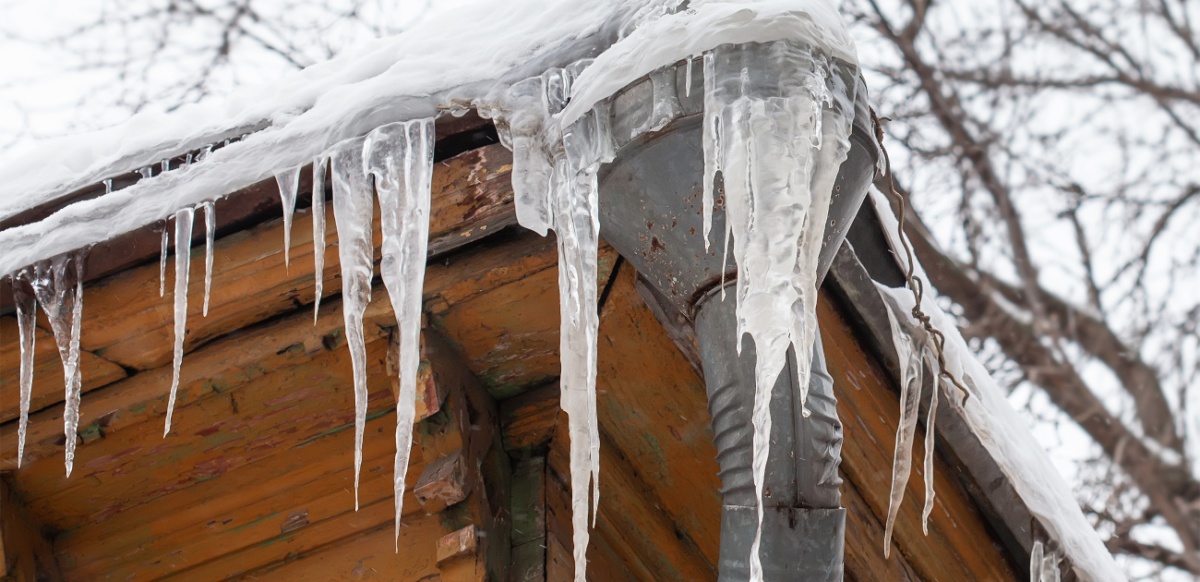We've discovered this article pertaining to 6 Ways to Prevent Frozen Pipes below on the net and thought it made perfect sense to relate it with you on this page.
:strip_icc()/snow-outdoor-faucet-pipes-4af65d1e5e904fb1aa7bf74071fe5d89.jpg)
Cold weather can damage your pipes, especially by freezing pipelines. Below's just how to prevent it from happening and what to do if it does.
Intro
As temperatures decrease, the risk of frozen pipelines rises, possibly bring about pricey repair services and water damage. Recognizing exactly how to stop icy pipes is vital for homeowners in cold environments.
Recognizing Icy Pipes
What causes pipes to ice up?
Pipes freeze when revealed to temperature levels below 32 ° F (0 ° C) for extended durations. As water inside the pipelines freezes, it increases, putting pressure on the pipeline wall surfaces and potentially creating them to rupture.
Threats and damages
Icy pipes can lead to water interruptions, residential or commercial property damages, and costly fixings. Burst pipes can flooding homes and create comprehensive architectural damages.
Signs of Frozen Pipeline
Determining icy pipelines early can prevent them from bursting.
Exactly how to recognize frozen pipelines
Search for lowered water flow from faucets, unusual smells or sounds from pipes, and visible frost on revealed pipelines.
Avoidance Tips
Insulating vulnerable pipelines
Wrap pipes in insulation sleeves or make use of heat tape to secure them from freezing temperatures. Concentrate on pipelines in unheated or external locations of the home.
Home heating strategies
Keep indoor areas adequately warmed, particularly locations with plumbing. Open up cupboard doors to allow cozy air to circulate around pipelines under sinks.
Protecting Exterior Plumbing
Yard hoses and outside taps
Disconnect and drain pipes yard hose pipes prior to winter. Set up frost-proof spigots or cover outside faucets with protected caps.
What to Do If Your Pipelines Freeze
Immediate actions to take
If you presume frozen pipelines, keep faucets open to ease pressure as the ice melts. Use a hairdryer or towels taken in warm water to thaw pipelines slowly.
Long-Term Solutions
Structural adjustments
Take into consideration rerouting pipelines away from exterior wall surfaces or unheated areas. Add additional insulation to attics, basements, and crawl spaces.
Upgrading insulation
Purchase top notch insulation for pipelines, attic rooms, and wall surfaces. Proper insulation assists maintain constant temperatures and reduces the risk of icy pipelines.
Conclusion
Avoiding frozen pipelines requires positive actions and quick actions. By understanding the reasons, indicators, and preventive measures, house owners can shield their plumbing during cold weather.
5 Ways to Prevent Frozen Pipes
Drain Outdoor Faucets and Disconnect Hoses
First, close the shut-off valve that controls the flow of water in the pipe to your outdoor faucet. Then, head outside to disconnect and drain your hose and open the outdoor faucet to allow the water to completely drain out of the line. Turn off the faucet when done. Finally, head back to the shut-off valve and drain the remaining water inside the pipe into a bucket or container. Additionally, if you have a home irrigation system, you should consider hiring an expert to clear the system of water each year.
Insulate Pipes
One of the best and most cost-effective methods for preventing frozen water pipes is to wrap your pipes with insulation. This is especially important for areas in your home that aren’t exposed to heat, such as an attic. We suggest using foam sleeves, which can typically be found at your local hardware store.
Keep Heat Running at 65
Your pipes are located inside your walls, and the temperature there is much colder than the rest of the house. To prevent your pipes from freezing, The Insurance Information Institute suggests that you keep your home heated to at least 65 degrees, even when traveling. You may want to invest in smart devices that can keep an eye on the temperature in your home while you’re away.
Leave Water Dripping
Moving water — even a small trickle — can prevent ice from forming inside your pipes. When freezing temps are imminent, start a drip of water from all faucets that serve exposed pipes. Leaving a few faucets running will also help relieve pressure inside the pipes and help prevent a rupture if the water inside freezes.
Open Cupboard Doors
Warm your kitchen and bathroom pipes by opening cupboards and vanities. You should also leave your interior doors ajar to help warm air circulate evenly throughout your home.

Do you enjoy reading up on How to Prevent Your Pipes From Freezing? Leave a remark further down. We would be delighted to find out your views about this piece. In hopes to see you back again in the near future. Sharing is caring. Who knows, you will be doing someone a favor. Thanks for your time. Don't forget to come visit our site back soon.
Visit Page